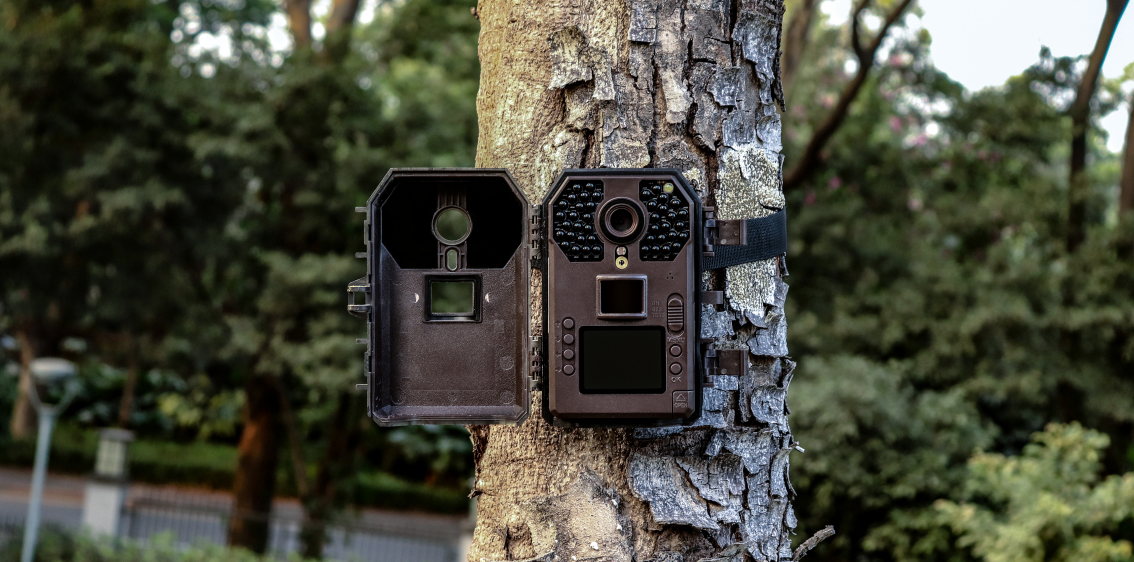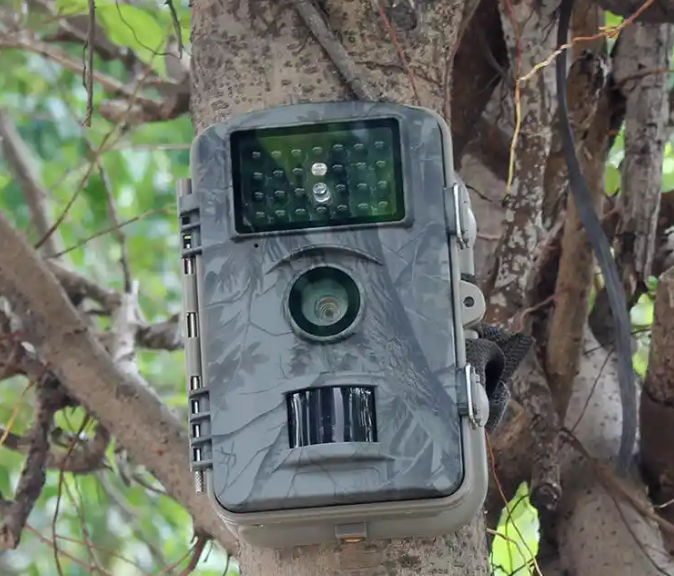The application principle of infrared cameras in environmental monitoring is mainly to display the surface temperature distribution image by capturing the infrared radiation emitted by the object. Infrared cameras use infrared thermal imaging technology to form a temperature distribution image by capturing the infrared radiation emitted by the object, thereby monitoring the temperature changes and abnormal conditions in the environment.

Principle of infrared cameras
The working principle of infrared cameras is to convert the infrared radiation emitted by the object into an electrical signal, and convert the captured infrared image into a visible image through digital signal processing and image processing algorithms. The specific process includes the following steps:
Infrared lamps emit infrared rays to illuminate objects: When the infrared rays emitted by infrared lamps are irradiated on objects, the infrared rays will be diffusely reflected.
The camera receives the reflected infrared rays: The camera receives these diffusely reflected infrared rays and converts them into electrical signals.
Digital signal processing and image processing: Through digital signal processing and image processing algorithms, the electrical signals are converted into visible images to form a temperature distribution image.
Application scenarios of infrared cameras
Infrared cameras are widely used in environmental monitoring and are suitable for various environments that need to monitor temperature changes, such as:

Energy field: Monitor the operating status of equipment and detect abnormal conditions in time.
Chemical, metallurgical, construction and other fields: Real-time monitoring of equipment temperature changes to prevent accidents.
Hazardous places: Reduce safety risks through non-contact monitoring.

Advantages of infrared cameras
Real-time monitoring: It can monitor the temperature changes on the surface of objects in real time and detect abnormal conditions in time.
Efficient and accurate: It can accurately capture the location of the heat source to avoid missed detection and false detection.
Strong adaptability: It has low requirements for light conditions and can be detected in various environments.
Safe and environmentally friendly: It is suitable for dangerous places to avoid direct contact with harmful substances and reduce safety risks.

